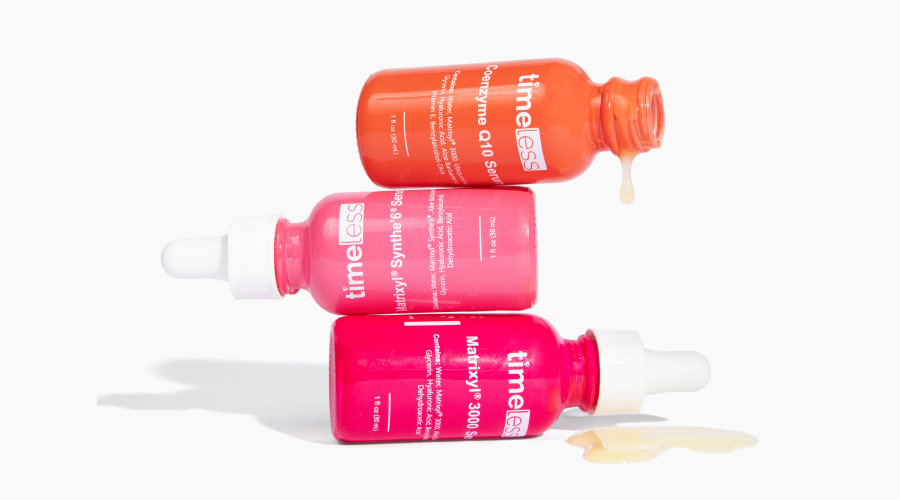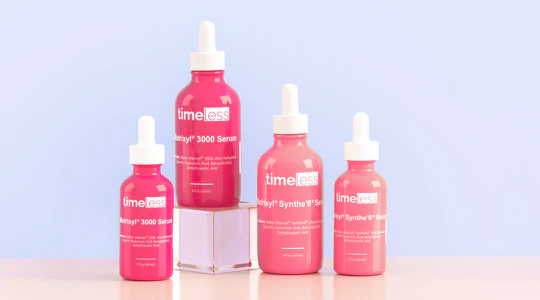5 Ways To Determine Your Skin Type
Being able to accurately answer the question of "what is my skin type" is an essential step to beginning an effective skin care regimen. If you're ready to improve your complexion and eliminate blemishes, fine lines and signs of aging, try these five methods to categorize your skin type and benefit from products in our clean skincare line.
Try the Cleansing Method
Wash your face with a mild cleanser and then wait 30 minutes without adding serums, moisturizers or other products. After a half an hour, examine your skin for oily areas and dry patches. A tight feeling when youmove your face indicates dry skin, while shine on your cheeks means your complexion is on the oily side. Shine just in the T-zone (forehead, nose and chin) signifies combination skin.
Use Blotting Paper
Dab blotting paper on your skin before cleansing in the morning. If little to no oil is visible when you hold the sheet up to the light, you probably have dry skin. Noticeable oil indicates either oily or combination skin depending on whether it occurs when you dab the cheeks as well as the T-zone.
Conduct an Examination
With this method, wash your face first thing in the morning and then go about your activities without using other products or cosmetics. Halfway through the day, look closely in the mirror. You'll be able to tell if your face is oily all over or just in the T-zone. Peeling, redness or patches indicate dry or sensitive skin.
Use Your Fingers
As with the visual examination, wash your face and do nothing else until after lunchtime. Then, gently feel your entire face with your fingertips to discern oily, dry and normal areas. This will help inform the answer to the question "is my skin oily or dry?"
Consult a Professional
If you have trouble determining your skin type after using the methods above, think about visiting a dermatologist. He or she can analyze your skin and recommend effective products.
Now that you know how to determine skin type, shop Timeless Skin Care for clean skincare serums and other products that make the most of your natural complexion.











